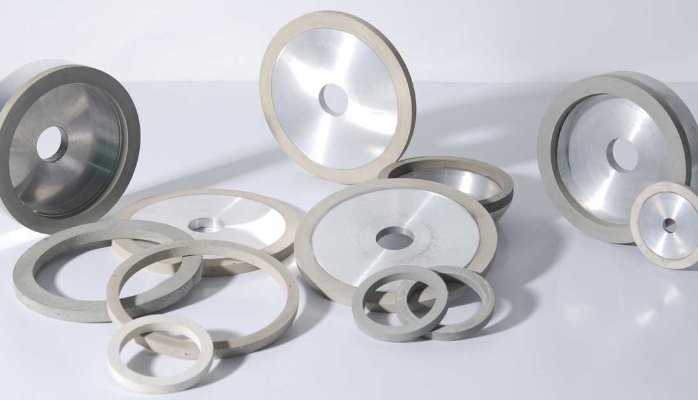Vitrified grinding wheels are essential tools in the world of craftsmanship and artistry. These wheels, made of bonded abrasive grains, are known for their exceptional hardness, durability, and precision. While they are commonly used in industrial settings for grinding, cutting, and sharpening applications, vitrified grinding wheels have also found a niche in the world of art and craftsmanship. In this article, we will explore how these versatile tools are being used to create masterpieces in various artistic disciplines.
The Science Behind Vitrified Grinding Wheels
Vitrified grinding wheels are made of abrasive grains bonded together with a vitrified or glass-like bond. This bond is created by firing a mixture of clay, feldspar, and other raw materials at high temperatures until they form a glassy matrix. The resulting wheel is extremely hard and resistant to heat, making it ideal for precision grinding and cutting applications.
Key characteristics of vitrified grinding wheels include:
- High hardness
- Excellent wear resistance
- Low porosity
- Precision grinding capabilities
Benefits of vitrified grinding wheels for artistic applications:
- Precision shaping and grinding of materials
- Smooth and consistent finishes
- Ability to work with a wide range of materials, including ceramics, glass, and metals
- Long-lasting and durable performance
Applications of Vitrified Grinding Wheels in Art and Craftsmanship
While vitrified grinding wheels are commonly associated with industrial applications, they have also made their mark in the world of art and craftsmanship. Artists and artisans have discovered the unique capabilities of these wheels for shaping, cutting, and finishing a variety of materials. Some of the key applications include:
Sculpture
- Creating intricate details and textures in stone, wood, and metal sculptures
- Shaping and refining rough surfaces for a smooth finish
- Precision grinding of hard materials like granite and marble
Glass Art
- Grinding and polishing glass edges for a clean and seamless look
- Shaping glass pieces for mosaic art and stained glass windows
- Creating intricate designs and patterns on glass surfaces
Ceramics
- Trimming and shaping ceramic pieces on a pottery wheel
- Smoothing rough edges and surfaces before glazing and firing
- Carving intricate designs and patterns on ceramic tiles and sculptures
The Art of Grinding: Techniques and Tips
Grinding with vitrified grinding wheels requires a combination of skill, precision, and creativity. Whether you are a seasoned artist or a novice craftsman, mastering the art of grinding can take your creations to the next level. Here are some techniques and tips to help you get started:
Choose the right wheel:
- Select a wheel with the appropriate grit size for the material you are working with
- Consider the hardness and abrasiveness of the material when choosing a wheel
Maintain a steady hand:
- Hold the material firmly in place to ensure precise grinding and shaping
- Use light pressure and consistent movements to avoid overgrinding or uneven surfaces
Experiment with different techniques:
- Try different grinding angles and speeds to achieve different effects and finishes
- Practice on scrap materials to hone your skills before working on your final piece
Conclusion
Vitrified grinding wheels offer a unique blend of precision, durability, and versatility that make them invaluable tools for artists and craftsmen. From shaping stone sculptures to polishing glass art, these wheels have unlocked a world of creative possibilities for creators across various disciplines. By mastering the art of grinding and harnessing the capabilities of vitrified grinding wheels, artists can bring their visions to life with unparalleled precision and finesse.
